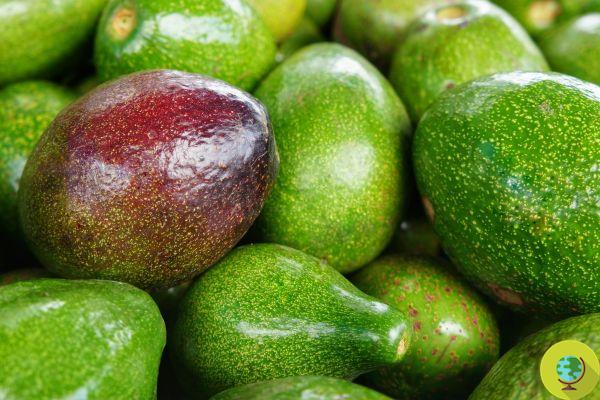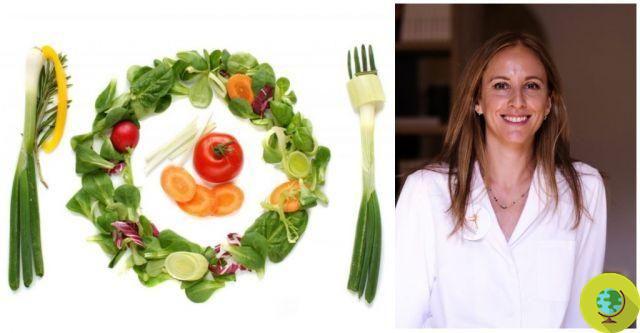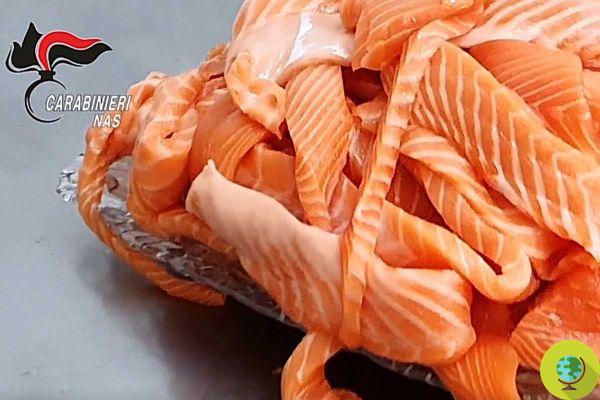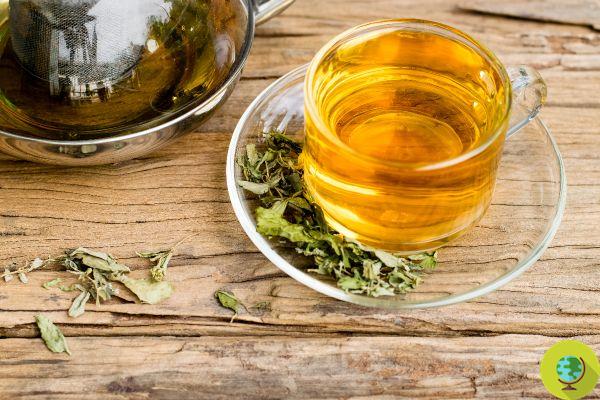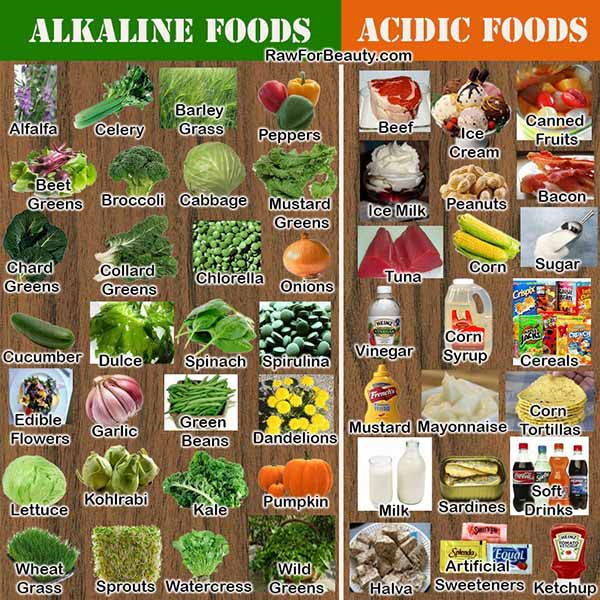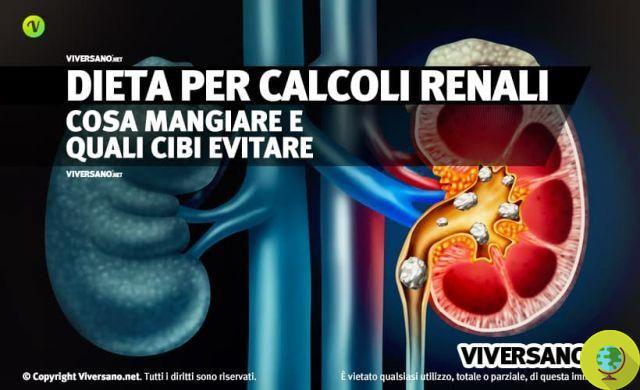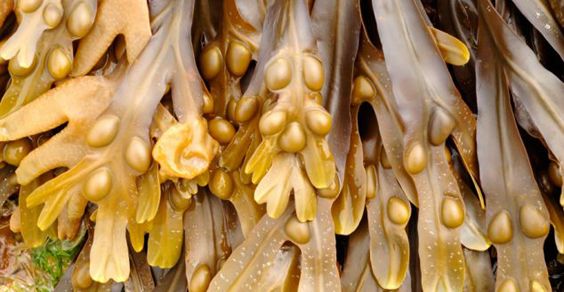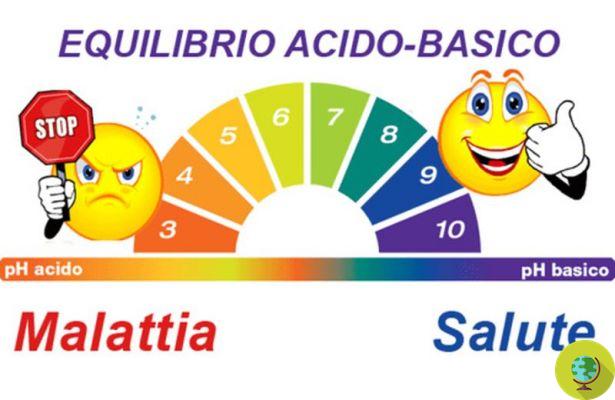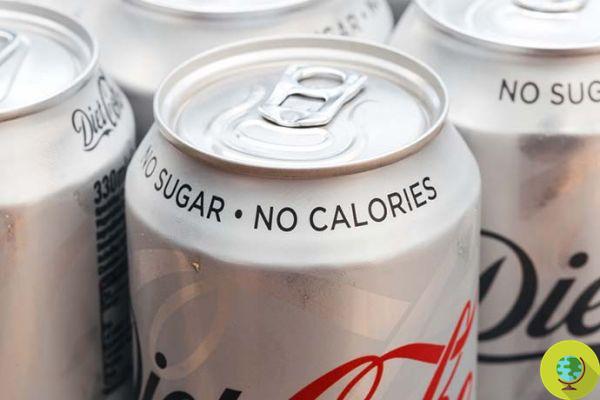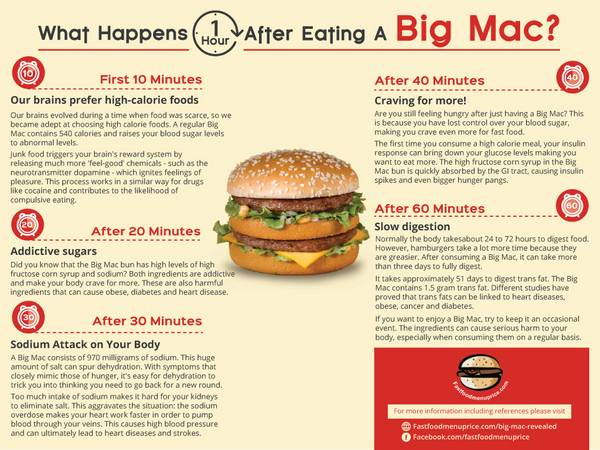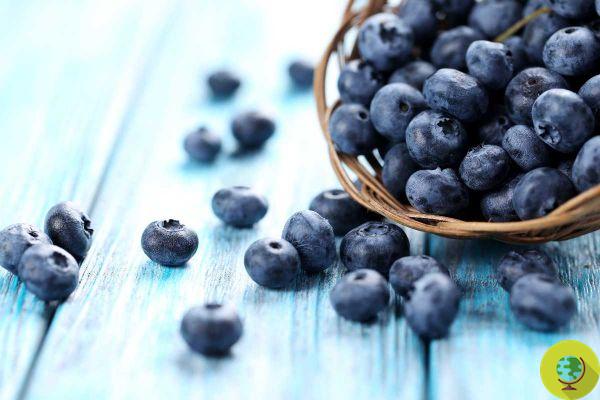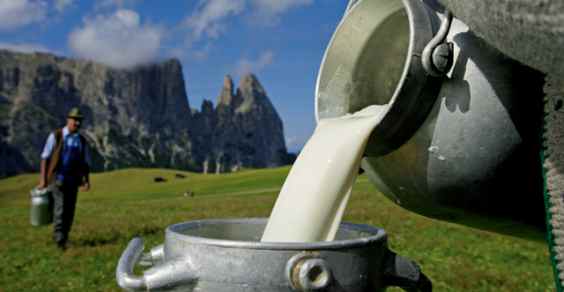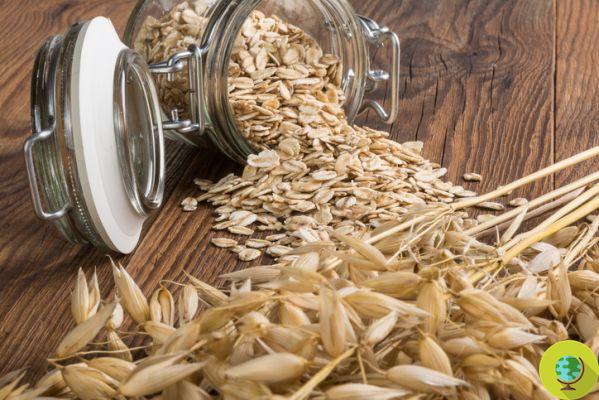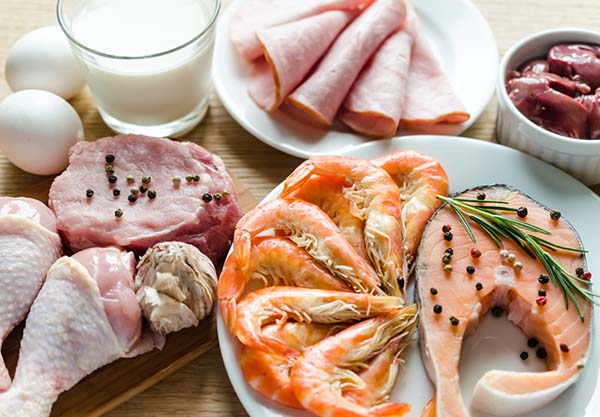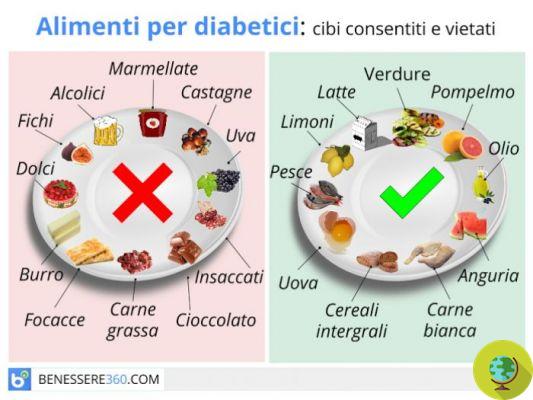We often hear about essential or non-essential amino acids. But what exactly are they? How do they relate to protein and above all, how do you make sure you take the different types every day?
Don't store avocado like this: it's dangerousWe often hear about essential amino acids or non-essential. But what exactly are they? What relationship do they have with proteins and above all how to make sure you take the different types every day?
Amino acids are gods chemicals that you combine together in different combinations they form proteins as a final product. In reality, through food, we directly take proteins which the body then splits into individual primary components to be used in different combinations to form new proteins useful for the purposes that are most needed at that moment (very often for the formation of tissues : muscles but also skin, hair, nails, etc.).
La splitting of proteins into amino acids occurs in the stomach and duodenum but it will then be inside the small intestine that these functional units will be absorbed in order to be used by our body.
AMINO ACIDS, WHAT THEY ARE: ESSENTIAL AND NON ESSENTIAL
The amino acids that our body uses there are 20, of which 12 are non-essential and 8 are essential. The latter are particularly important as the body is unable to synthesize them on its own and must therefore necessarily introduce them with food.
The essential amino acids are: phenylalanine, isoleucine, lysine, leucine, methionine, threonine, tryptophan and valine plus histidine and arginine which are considered essential in the period of growth as the body, in that delicate phase, is unable to synthesize them in quantity enough.
Non-essential amino acids they are: alanine, asparagine, aspartic acid, glutamine, glutamic acid, glycine, proline and serine.
Then there are some amino acids considered essential seeds as the organism is able to synthesize them starting from other essential amino acids (methionine and phenylanine) as long as the latter are in surplus. These are cysteine and tyrosine. However, they too are considered essential when one is going through the period of growth and development.
HOW TO TAKE THE DIFFERENT TYPES OF AMINO ACIDS
With a healthy and varied diet it is possible to safely take all the amino acids we need. Although we usually hear about the animal proteins as "noble" (as they are rich in all amino acids) there is actually no risk for vegetarians and vegans of being deficient in these building blocks useful for the formation of proteins. Just follow a few simple steps.
Read also: VEGETARIAN AND VEGAN DIET: HOW TO ENSURE ALL THE PROTEIN YOU NEED
As the Dr. Luciana Baroni on the website of the Scientific Society of Vegetarian Nutrition:
“Even vegetable proteins, by themselves, are able to satisfy the body's nutritional needs, as long as the calorie intake is adequate. In fact, almost all plant foods contain sufficient quantities of essential amino acids. Therefore, those who decide to opt for a vegan diet need not worry about running out of protein deficiency, if they take a balanced diet also from a qualitative point of view ".
The problem that presents itself to those who follow a veg diet is basically this: legumes are deficient in tryptophan and methionine (however, they contain lysine), on the other hand cereals are deficient in lysine (but rich in tryptophan and methionine). We speak for these foods of the presence of limiting amino acids, as they are not complete with the whole amino acid repertoire.
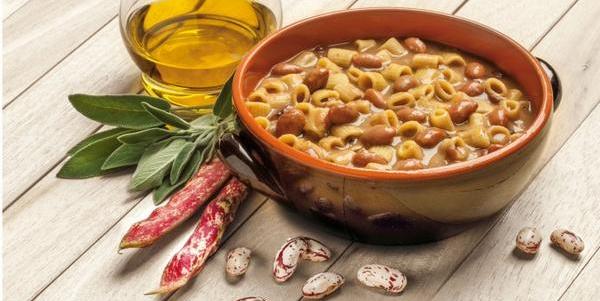
Here then is that an excellent food combination that those who follow a veg diet can use is what they see together (wholemeal) cereals and legumes, varying as much as possible or alternating rice with lentils, pasta and beans, bulgur and chickpeas, millet with peas, etc. The recipes and combinations that can be tasted are different and many are part of our culinary traditions of the past.
Legumes and cereals joined together are therefore a winning combination even if in reality it is not essential that the amino acids are all taken in the same meal, it is also okay to consume them throughout the day albeit at different times. In fact, it has been seen that the body sets aside the reserves of amino acids (amino acid pool) from which to draw in time of need. Essential though vary the foods as much as possible in such a way that the reserve of the various components useful for the formation of proteins can always be available.
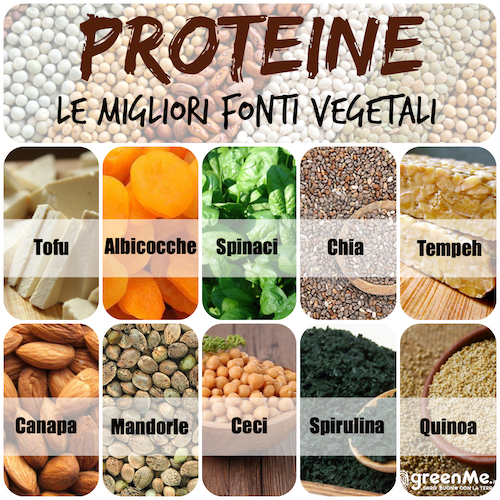
Ma which are the richest plant sources of amino acids? Almonds and nuts, wheat germ, oil seeds, spirulina and quinoa. Here you will also find other interesting plant sources of protein.
Read also: THE 10 BEST VEGETABLE SOURCES OF PROTEIN




